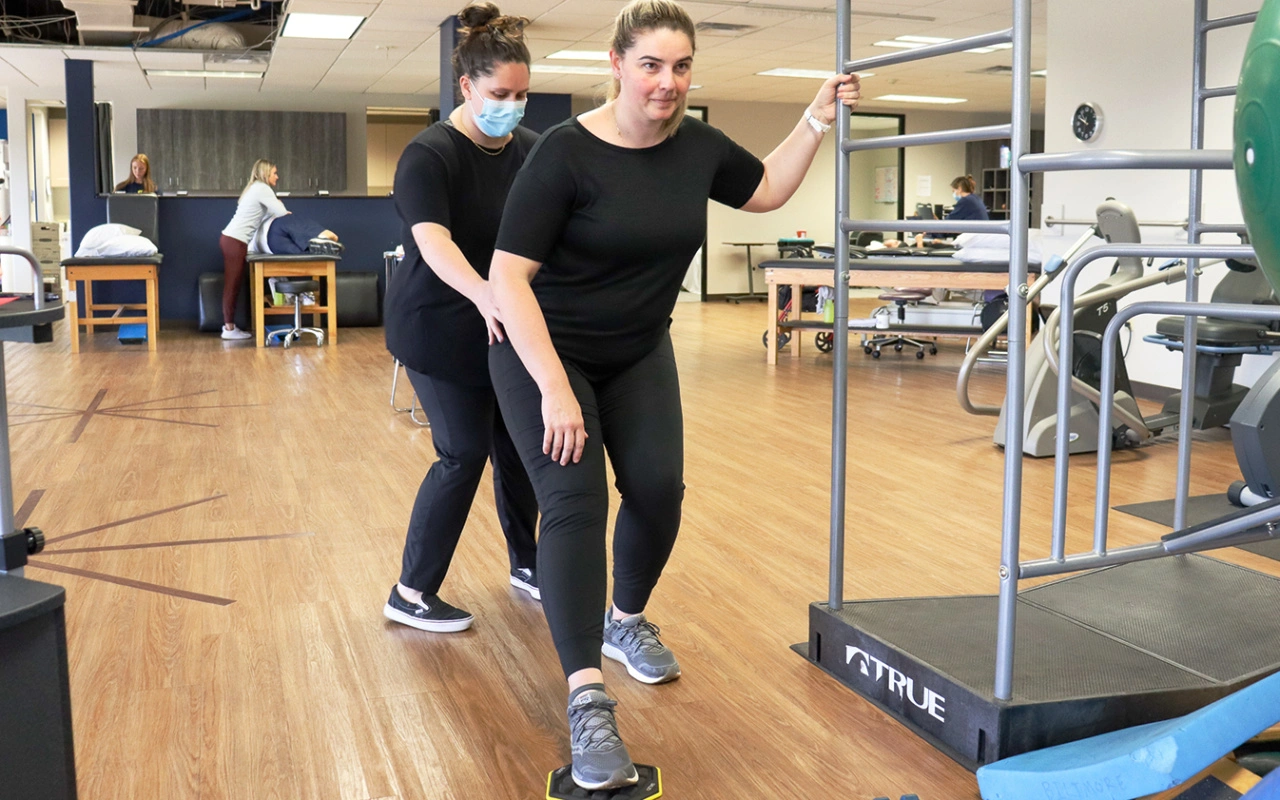The pelvic floor is complicated and often underestimated. In females, it is a 12-muscle puzzle piece that connects the upper and lower bodies. It also stabilizes, supports, and transmits power. Due to stressors or a range of hormonal changes that can happen, there are multiple instances in which the musculature can dysfunction. This can result in urinary incontinence, numbness, sexual dysfunction, pain, low back pain, hip pain, and many other diagnoses. Within these diagnoses, the muscles themselves can be too tight or too loose.
If the muscles are too tight, they are considered functionally weak, and if they are too loose, they are considered truly weak. Bringing strength to the pelvic floor is vital for functionality and for overall health when experiencing pelvic floor dysfunction, and there is one exercise that is consistently and often incorrectly associated with building strength – the kegel.
Kegels: Not A Cure-All
If you have ever Googled “how do I strengthen my pelvic floor?” you more than likely came across an exercise called a “kegel.” A kegel is another name for a contraction of the muscles in the pelvic floor. These contractions are useful when pelvic floor dysfunction is a result of muscles that are truly weak and struggle contracting.
In performing kegels, the strength of the pelvic floor increases and is better able to support the uterus (in females), bladder, small intestine, and rectum. The pelvic floor aids in the functionality of all of these systems, so, if there is true weakness, this form of strengthening is key.
Although they are beneficial, kegels are often seen as a “cure-all” to every pelvic-floor related dysfunction. Strength definitely has its place in the pelvic floor; however, functional strength needs to be addressed as well.
The reason kegels are not the “cure-all” is because of muscle tightness, or functional weakness. If the pelvic floor muscles are too tight, performing kegels will do much more harm than good. Contracting them further will only restrict their functionality and perpetuate the issue at hand.
Addressing Functional Strength
In a physical therapy setting, therapists check breathing patterns and educate patients on diaphragmatic breathing if there is functional weakness. We pair this with verbal cueing to describe the relaxation of the pelvic floor to help you mentally picture what the muscles should be doing. Along with this, lower extremity stretching and spinal mobility is added to reduce tension throughout the pelvic floor.
To determine true or functional weakness in the pelvic floor, an internal exam is extremely beneficial. It allows for areas of tenderness to be identified as well as a full understanding of the state of the musculature. The source of weakness – either functional or true weakness – uncovered in the internal exam help establish the direction for our therapeutic journey and allow us to develop a plan that will address the true cause of pelvic floor dysfunction – often leading us away from the “cure-all” solutions many rely upon.
Each therapeutic plan of care is individualized to each patient, and the objective findings we collect throughout our continuous examination process. Education is key, so before internal exams begin, we show the anatomy on a model of a pelvis. Even during an internal exam, we provide a handout of the pelvic floor anatomy so you can follow along in the process. We are checking for tension in the musculature to help release the possible tightness as well as testing strength.
May is Pelvic Health Awareness Month, and Spooner pelvic health therapists want to help you achieve functionality and true strength in your pelvic floor. We want to get to the root of any pain or discomfort you are having and help you get back to doing the things you love.
Learn more about Pelvic Health offered by Spooner and what it can do for you. Schedule an appointment with a pelvic health therapist today if you are experiencing any pain, discomfort, or weakness in your pelvic floor.

